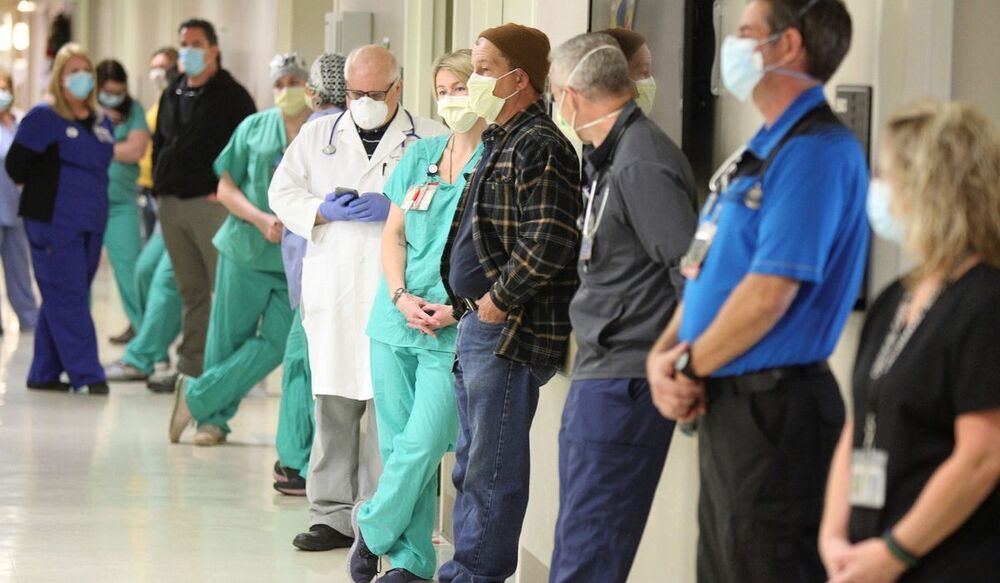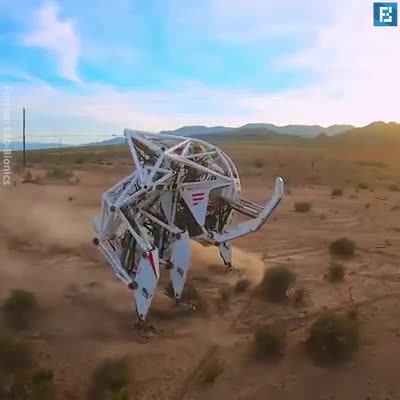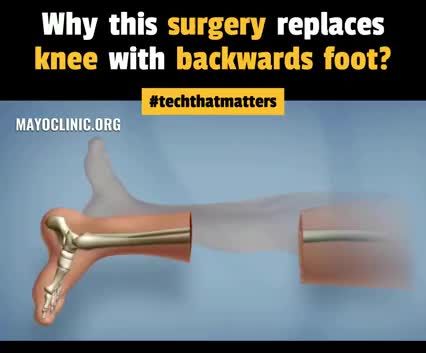Robo maid I like my coffee light and sweet.
Robots from Japan: the new Toyota robot, giant robot, robot waiter and other technology news 2020. High Technology News 2020. Science and Technology News 2020. The newest and coolest robots from Japan and around the world.
In this issue:
0:00 Introduction.
0:29 Home robots from Toyota Research Institute.
1:29 Toyota robotic grip.
2:06 barista robot from OrionStar.
3:17 Japanese robot avatar Model-T
4:16 giant robot Gundam.
4:58 robot waiter Servi.
5:28 OSIRIS-REx space robot.
6:08 system to create realistic humanoid robots Mesmer.
6:50 new 3D printing method for artificial muscles and wearable devices.
7:35 walking robot excavator Menzi Muck M545
8:05 full warehouse automation.
8:50 MK-IV Hexapod research robot.
9:13 palm payment system Amazon One.
9:50 flying suit for paramedics.
10:31 a robot that will make you an omelette.
More interesting and useful content:
✅ Elon Musk Innovation https://www.youtube.com/playlist?list=PLcyYMmVvkTuQ-8LO6CwGWbSCpWI2jJqCQ
✅Future Technologies Reviews https://www.youtube.com/playlist?list=PLcyYMmVvkTuTgL98RdT8-z-9a2CGeoBQF
✅ Technology news.
#prorobots #technology #roboticsnews.




